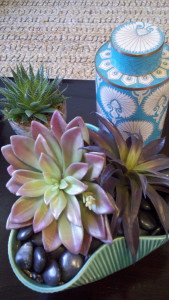Interior Plants just like the fashion industry go through trends seasonally or every few years. There are two main design factors that you can work with when interior plants are your focus. The first is of course the type of plant and the second would be the container or planter you use. Both of these design elements are key to making a modern impression and not creating an outdated indoor plant design disaster! As an Interior Plant Service Company in Orange County, we have to keep up-to-date on the latest trends in our industry as well as the Interior Design Industry and the Fashion Industry. It’s not a problem since all three industries interest me! Here are some of the common trends in Orange County and Los Angeles County today.
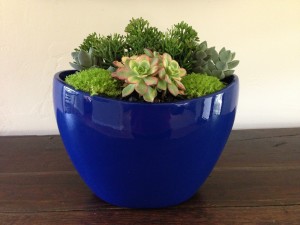 SUCCULENTS INDOORS!! These little gems are HOT right now and Residential and Commercial Clients are demanding them on every nook of their home or office! I’m a huge fan of succulents, but you must be forewarned that not all varieties will live or thrive in an interior environment. Quite the contrary, most succulents don’t like to be indoors at all. Here’s two articles I wrote about some of my favorite interior varieties that are tried and true. Orange Country Plant Service Company Goes Gaga Over Succulents Indoors and More Succulents Indoors.
SUCCULENTS INDOORS!! These little gems are HOT right now and Residential and Commercial Clients are demanding them on every nook of their home or office! I’m a huge fan of succulents, but you must be forewarned that not all varieties will live or thrive in an interior environment. Quite the contrary, most succulents don’t like to be indoors at all. Here’s two articles I wrote about some of my favorite interior varieties that are tried and true. Orange Country Plant Service Company Goes Gaga Over Succulents Indoors and More Succulents Indoors. 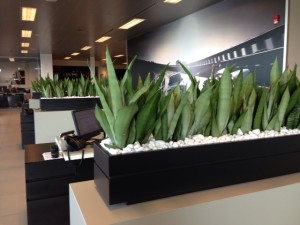
MONOTONOUS  PLANT DESIGN. This may sound like a boring design trend, but it creates an incredibly dramatic modern statement when done correctly. Using the same variety of plant in the same size with the same container IN MASS creates an entire sea of foliage in your office or home. I recommend this type of design for clients that want to created a very modern and high-end appearance.
PLANT DESIGN. This may sound like a boring design trend, but it creates an incredibly dramatic modern statement when done correctly. Using the same variety of plant in the same size with the same container IN MASS creates an entire sea of foliage in your office or home. I recommend this type of design for clients that want to created a very modern and high-end appearance.
You can also get the same effect by repeating the same plant in just a single planter. For a modern look, I love using different varieties of Sansevieria. Sansevieria are low maintenance plants that can also handle low light.
LIVING WALL DESIGNS. Living Interior Plant Walls are huge in Orange County right now. If you are tight on 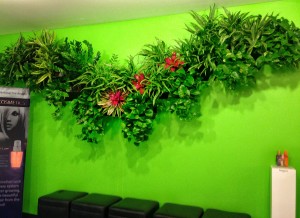 space or just want to create a LIVING ART PIECE on your wall, then this is perfect for you! Living Plant Walls are a great way to add drama to an entry way and create a focal point that will wow your guests!
space or just want to create a LIVING ART PIECE on your wall, then this is perfect for you! Living Plant Walls are a great way to add drama to an entry way and create a focal point that will wow your guests!
Creating this Living Wall Design was fun because it was for a hair salon and they wanted something unusual. I used planter trays, so that I could design a living art piece that wasn’t a square or rectangle. We added a pop of color to represent the funky style of the hair stylists in the salon.
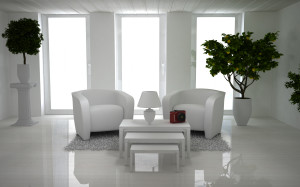 MATCHING SHADES OF MONOTONE COLORS. One of the most recent trends I’ve noticed is the use of monotone color in modern design. More specifically, black, white and gray. Creating a modern space where everything matches and nothing is flashy. It definitely simplifies the design and modern design is about simplicity. I don’t have any personal examples (yet), but look forward to creating something soon that follows this philosophy.
MATCHING SHADES OF MONOTONE COLORS. One of the most recent trends I’ve noticed is the use of monotone color in modern design. More specifically, black, white and gray. Creating a modern space where everything matches and nothing is flashy. It definitely simplifies the design and modern design is about simplicity. I don’t have any personal examples (yet), but look forward to creating something soon that follows this philosophy.
In this picture, it shows an extreme of white with white. These would not be my choice of plants, but I love the concept. Here’s the website where I found this picture.
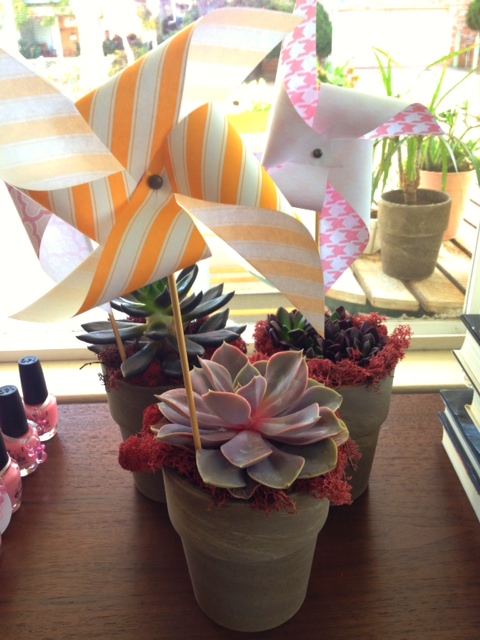
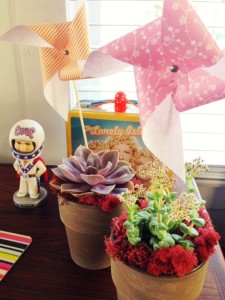
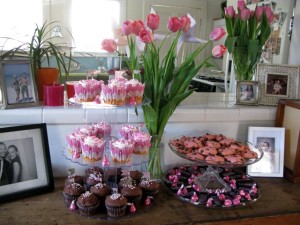
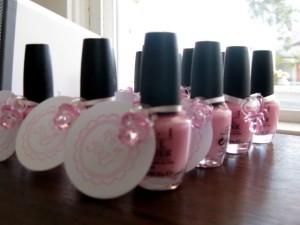
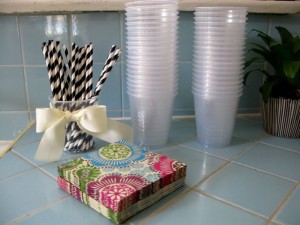
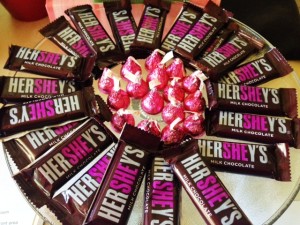
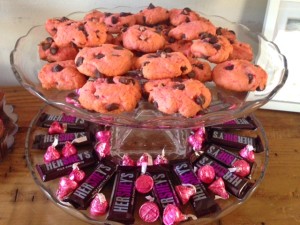
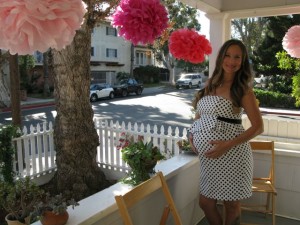
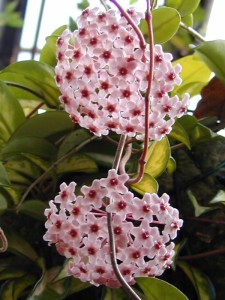
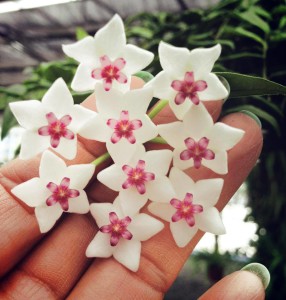
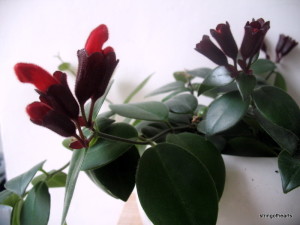
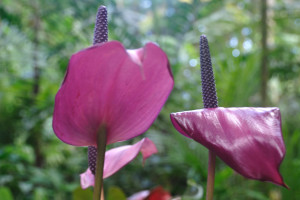
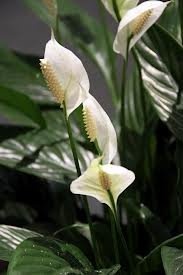
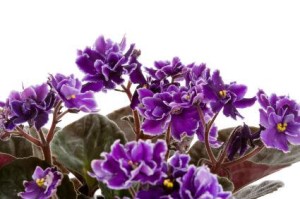
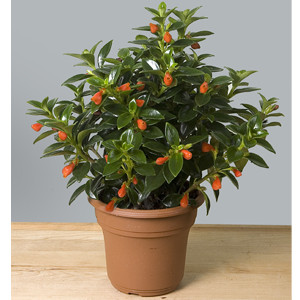
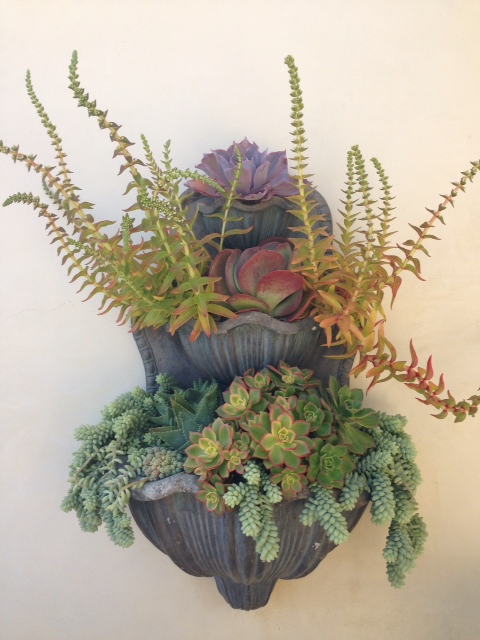
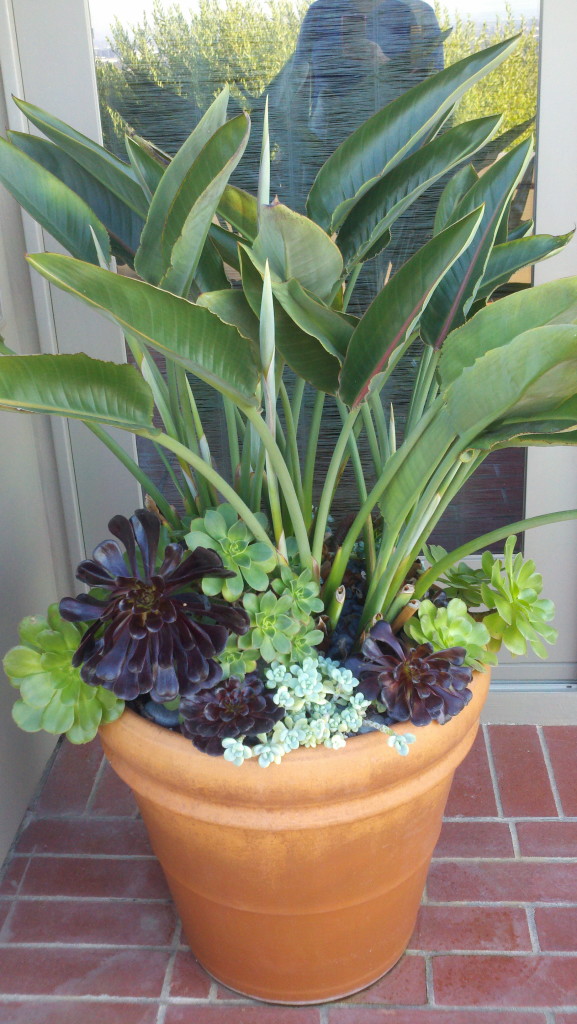
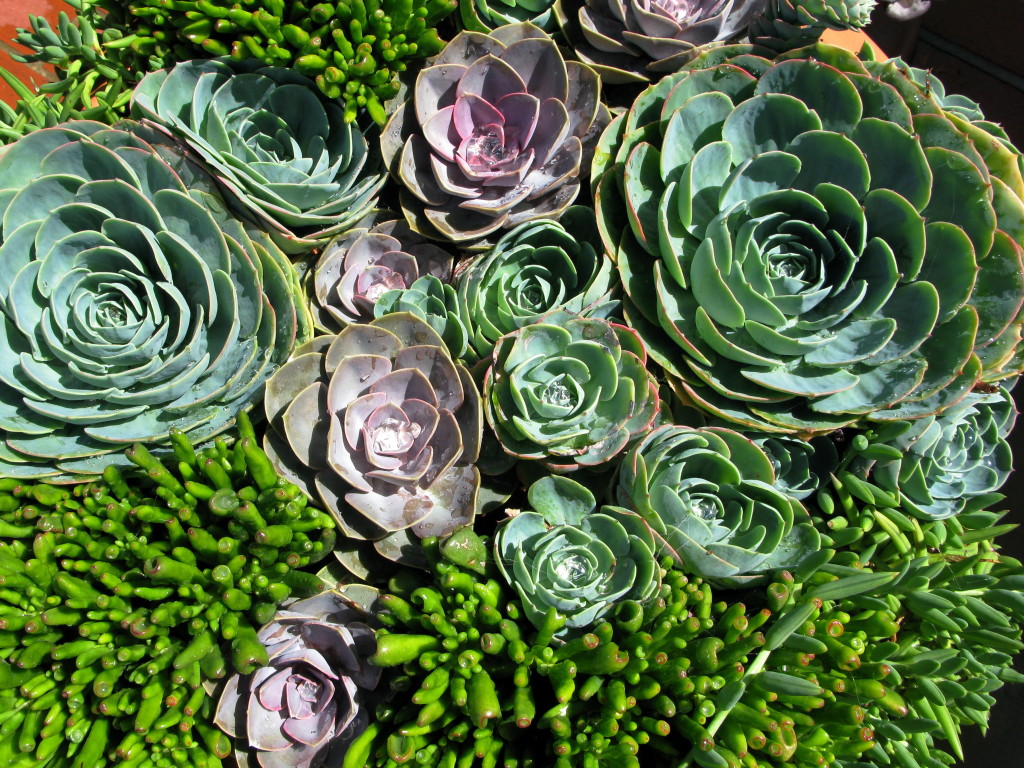
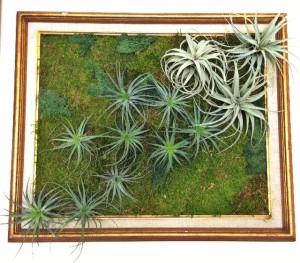
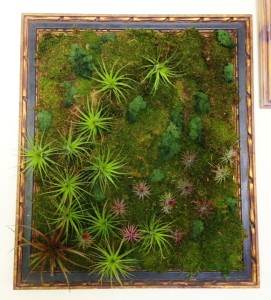
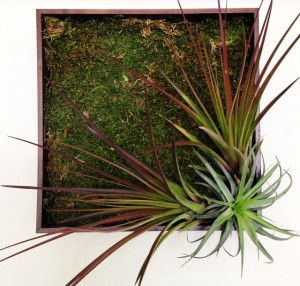
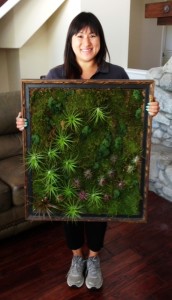
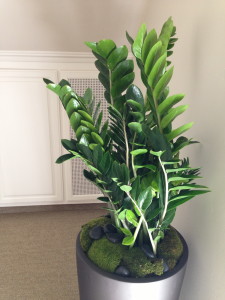
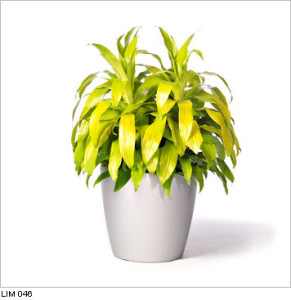
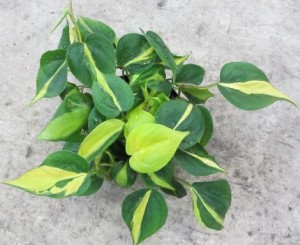
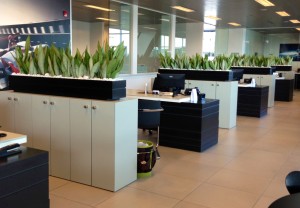
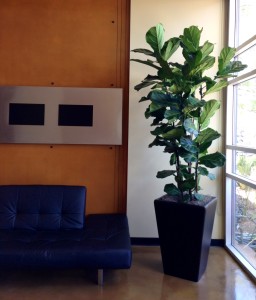
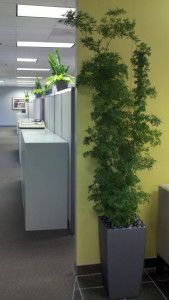
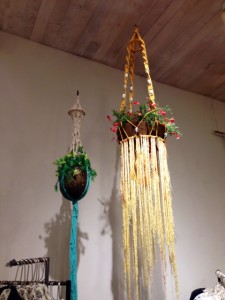
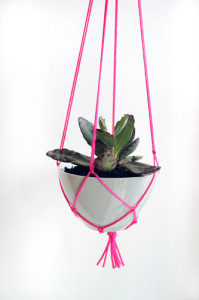
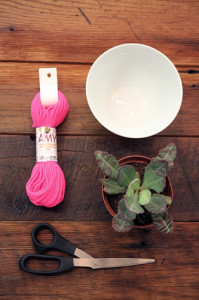
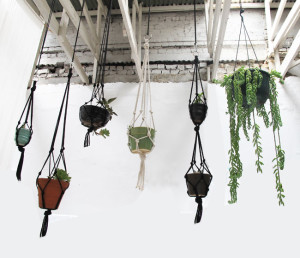
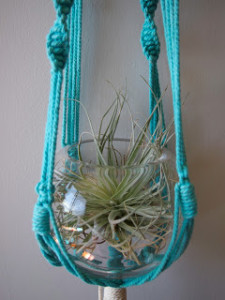
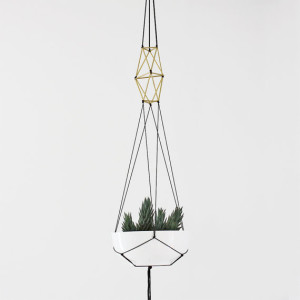
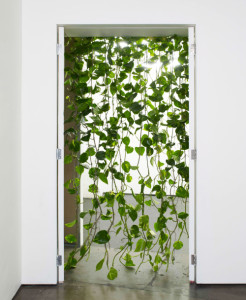
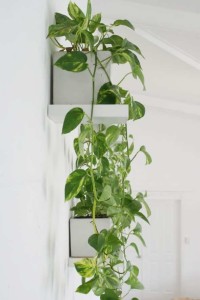
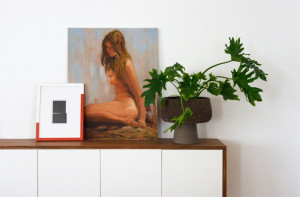
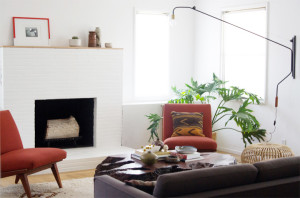
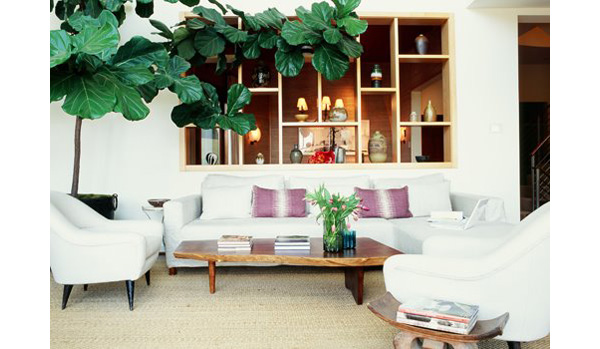
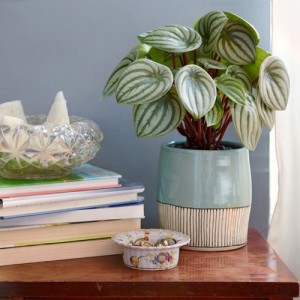
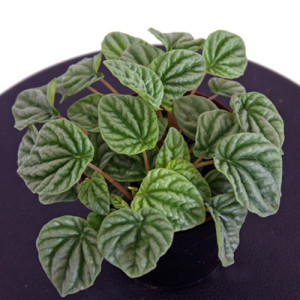
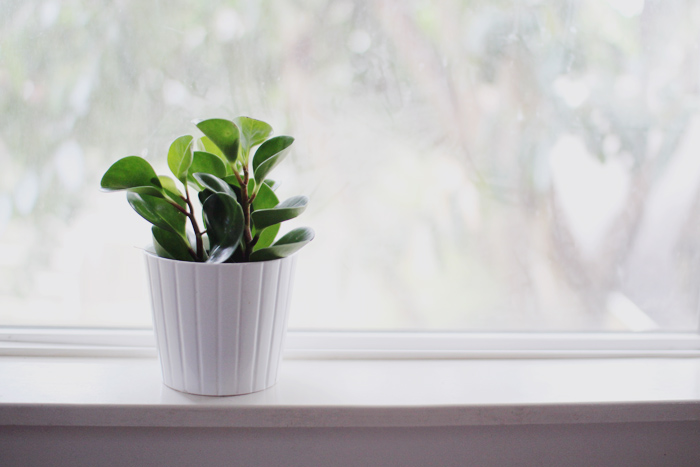
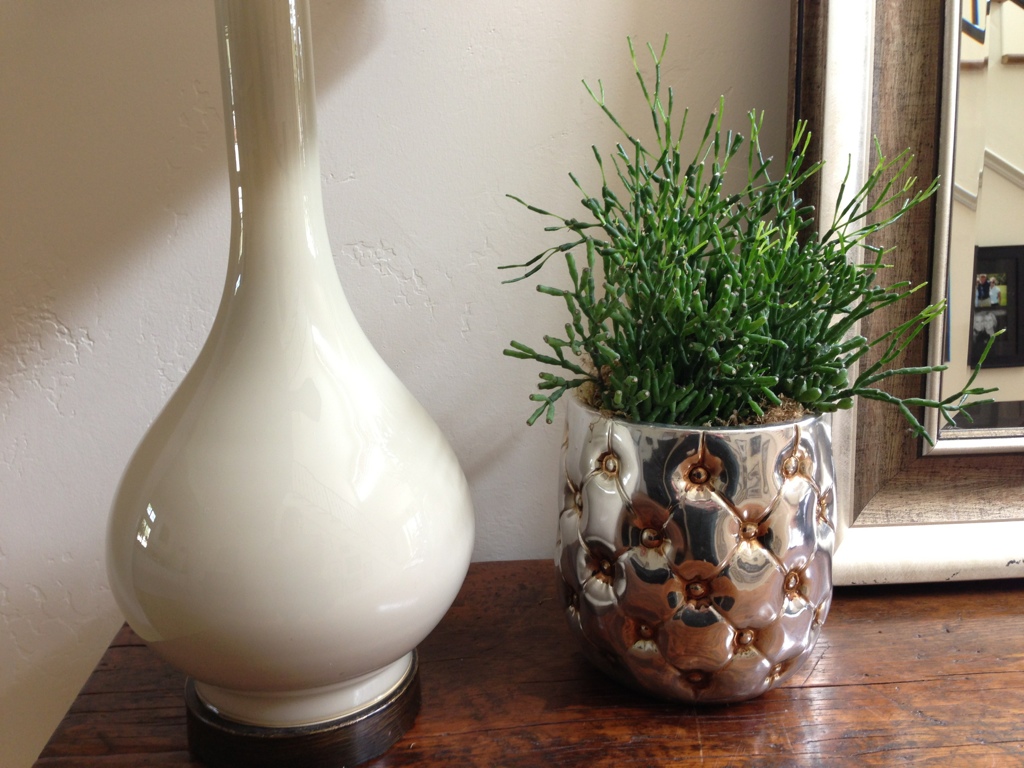
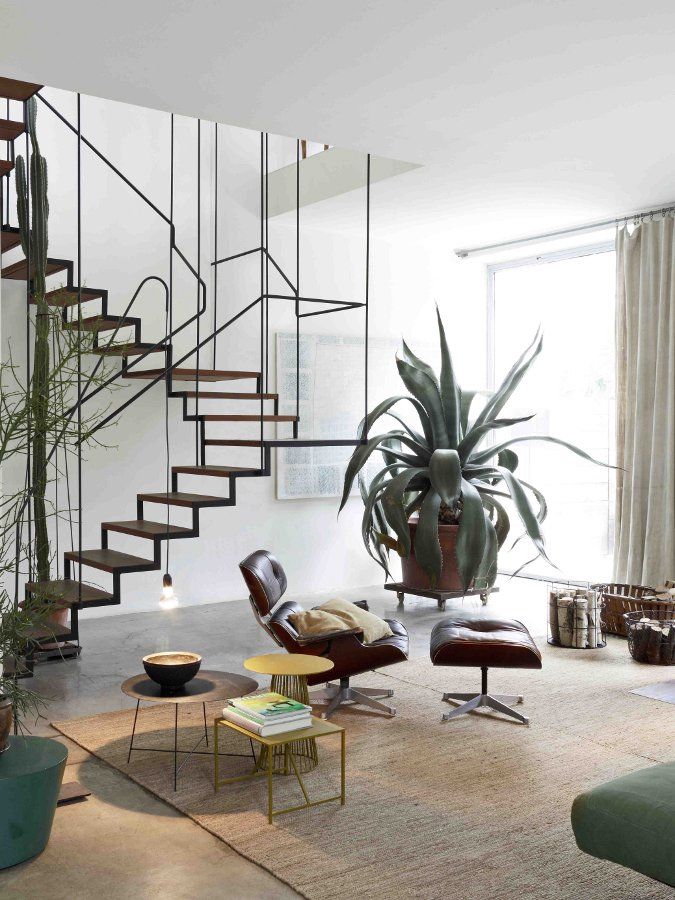
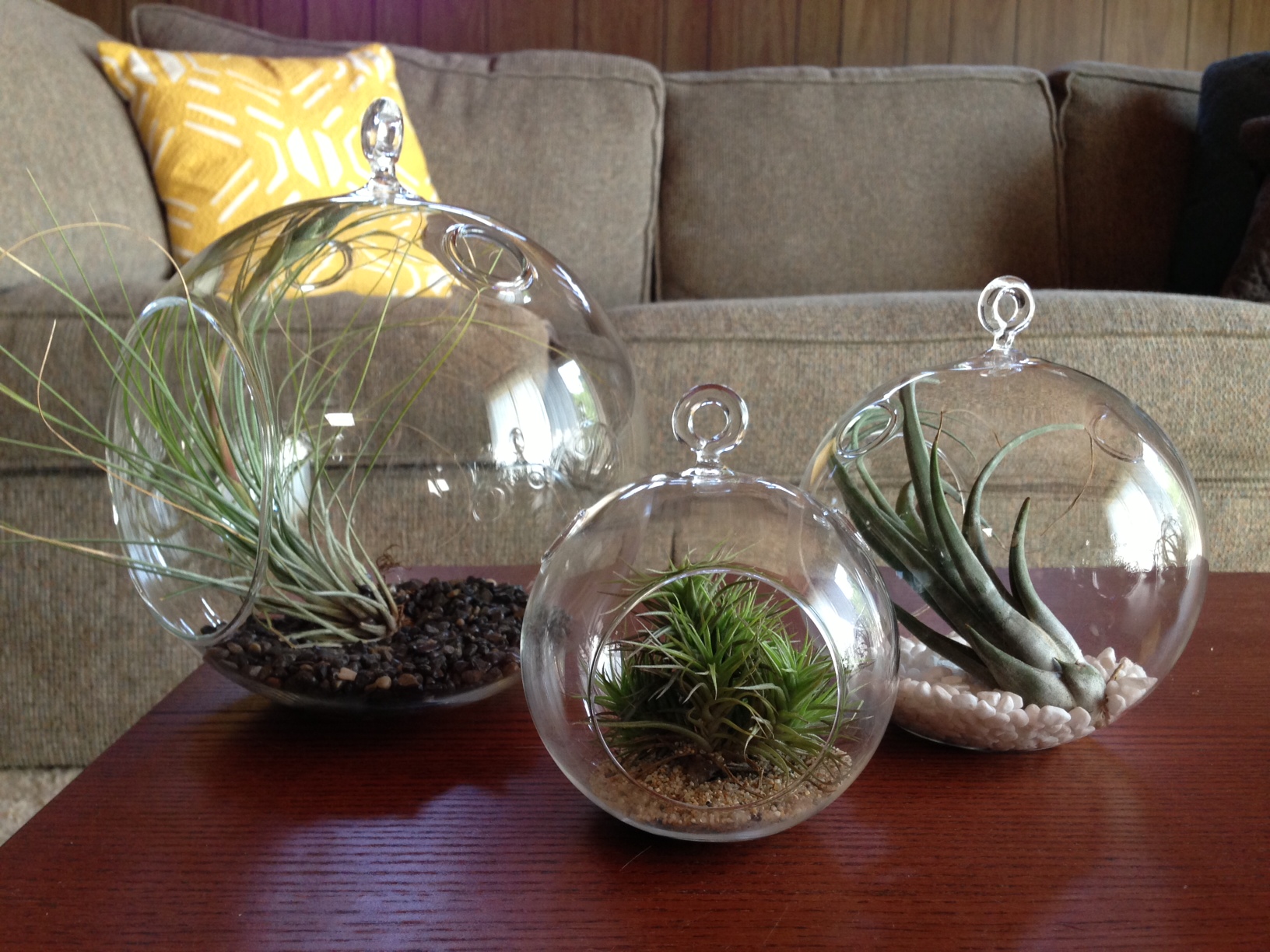
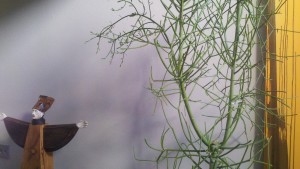
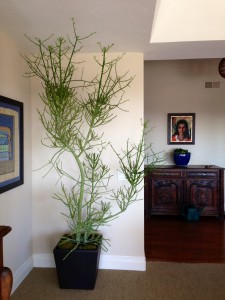
-223x300.jpg)
